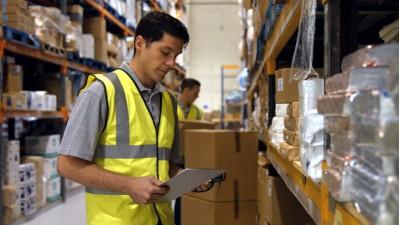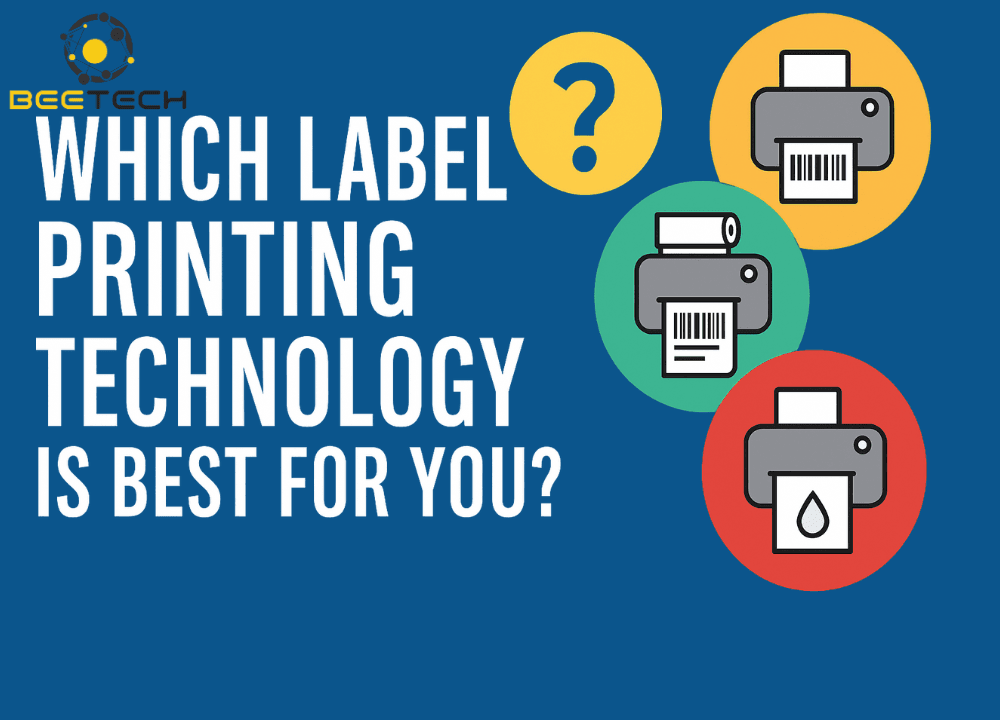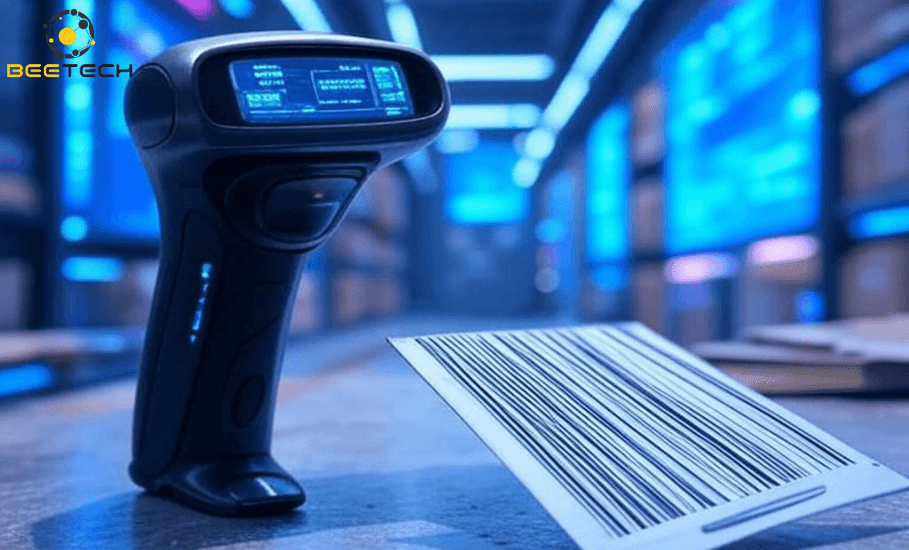80-82 Cao Duc Lan, District 2, HCMC, Vietnam
+84 76 865 6688
info@beetech.com.vn
+84 76 865 6688
About us
Contact us
80-82 Cao Duc Lan, District 2, HCMC, Vietnam
+84 76 865 6688
info@beetech.com.vn
+84 76 865 6688
About us
Contact us

7 Key Considerations Before Labeling Products with Barcodes
Whether you’re implementing a new warehouse management system or optimizing an existing one, barcodes are a crucial component to evaluate. Product, shelf, and bin location barcodes play a vital role in delivering the data your staff needs to operate efficiently. However, labeling without proper planning can lead to additional costs and operational delays.
Below are 7 essential factors to consider before labeling your products with barcodes, along with detailed insights to help you deploy a barcode system that is both effective and scalable.
Always label the unit that will be referenced in your fulfillment process. For example, if you receive goods by pallet but ship them by carton, consider labeling each carton. If you ship individual items from within cartons, those items should be labeled individually. When labeling each unit is impractical or too costly, you may opt for labeling the carton exterior.
Consistent placement is key to warehouse efficiency. Typically, the front-right corner of a product is ideal. Avoid placing labels underneath, where they can be hidden when products are stacked. Labels should be easily visible without requiring operators to walk around the product.
Code 128 is widely used, compact, and reliable—ideal for warehouse environments. Ensure you test it alongside other potential symbologies during your scanner compatibility assessment.
Related: How to Choose the Right Barcode Scanner
Assuming your product has sufficient space, assess the average scan distance—usually between 2 to 3 meters in a warehouse. Test various mil sizes (barcode line width) using real product codes and select the combination that delivers the fastest and most reliable decode rates.
After determining the ideal barcode mil size, select the smallest standard label size that fits your barcode. Avoid non-standard dimensions (e.g., 1.5″ x 2.5″) to reduce printing costs. Instead, consider switching to a more standard size such as 2″ x 3″ for long-term savings.
Many consumer products already have UPC barcodes. However, there are several factors to consider:
Proper barcode labeling enhances accuracy, traceability, and warehouse efficiency. To maximize these benefits, businesses must carefully evaluate each stage of the labeling process—from choosing the right barcode format and label size to selecting appropriate printing technology.
By considering these 7 key factors in detail, you can avoid costly errors, boost operational performance, and establish a robust barcode system tailored to your supply chain.
Looking for expert help to implement a complete barcode system?
Get in touch with Beetech—Vietnam’s leading provider of RFID, barcode, and smart warehouse management solutions.
📧 Email: info@beetech.com.vn
🌐 Website: https://beetech.com.vn
Beetech – Smart, Scalable, and Efficient Supply Chain Solutions.


How do barcodes work?
21/05/2025 09:52:52

6 things to know to successfully apply barcode technology to your business
19/05/2025 04:16:28

Barcode scanners help reduce shrinkage and increase inventory accuracy”
16/05/2025 04:21:10

Which Label Printing Technology Is Best for You?
16/05/2025 03:09:19

Comprehensive barcode solution: Optimize management, improve performance and digitally transform businesses
06/05/2025 03:50:33

Why can barcode scanners increase work efficiency?
05/05/2025 04:22:27